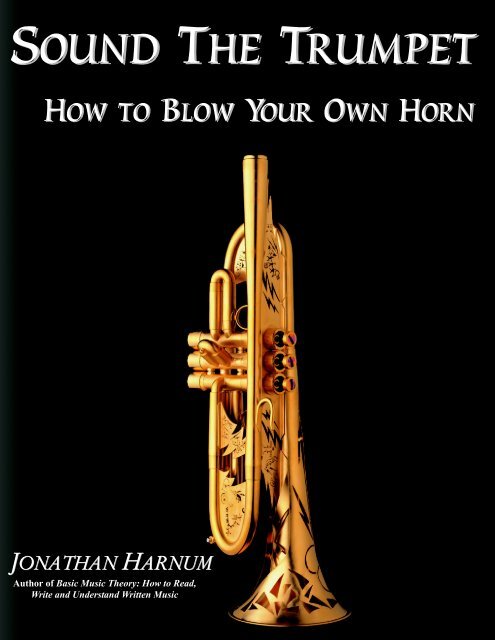
Modern trumpets now have about three or four valves, allowing for the increase in length, and thus, the pitch of the instrument.Īs having three valves will generate eight combinations, there are seven tubing lengths, with the third valve sometimes used as an alternative fingering equivalent to the 1-2 combination. When a player vibrates at the fundamental frequency, other harmonics are thus able to create a fundamental pitch.īefore valves were introduced, trumpets have a fixed tubing length. This differs from the resonant frequency of the air column, as the lowest resonance is not used. This flaring reduces the length of the instrument on the other side, allowing for two effects to take place.ġ) Similar yet different to the mouthpiece effect, the bell effect raises lower resonance frequencies up towards the harmonic series.Ģ) The reduction in length allows higher resonances to radiate more, which causes them to sound louder than lower resonances.įurthermore, the bell introduces a pedal tone, which can be defined as the fundamental frequency of the harmonic sequence of the trumpet. The bell can be found on the other end of the trumpet, ending with a flare. The shape and length of different mouthpieces modifies the sound it produces. This is called the mouthpiece effect and lower resonances are not affected. The mouthpiece is specifically engineered so that the increase in length of the tube lowers down higher resonant frequencies towards a harmonic sequence.
Use trumpet pedal tones for high register full#
The mouthpiece has many functions, including providing a place for “buzzing” to occur as well as bringing down certain resonant frequencies to obtain the full harmonic series.Ī closed cylindrical air column produces standing waves at the fundamental frequency at odd harmonics. The heightened practicality of this #1 preferred military trumpet is valveless, solely depending on the player’s embouchure for pitch control and strength of sound.įig. Therefore, these small instruments are popular in baroque compositions by Bach, Handel, Telemann and their contemporaries, playing the high natural trumpet parts. This trumpet has the highest register, making it easy to perform clean, light trills as they provide advanced agility and security. This is due to its special piercing sound that distinguishes it from the rest, attracting a narrower audience, largely from Baroque music. Introduced in 1861, this instrument has a sole purpose to serve as a note-addition to other traditional brass instruments. Having revolutionized the way, the music industry perceives trumpets and brass instruments, this instrument is not to be underestimated as it is durable and light without compensating for sound quality. This distinct instrument from the Trumpet family is fully plastic, differing in almost every aspect. Popular among contemporary jazz, this internationally renowned instrument is known for resembling the C and Bb trumpets while producing a distinctive sound that delivers both bass and soprano tones easily. This compressed structure allows for a more particular and refined sound.Ĭreated in the early 19 th century, this German instrument is a B-flat instrument that has a smaller bore and a larger-throated bell than the standard trumpet, displaying a soft, dark tone intermediate of that and a French Horn. Priced much higher, this unique instrument has tubing tighter than the usual. This is the pocket version of the Bb Trumpet. Introduced in 1874 in Paris, the C Trumpet became a popular choice as it pairs well with the Bb Trumpet, pitched a step higher, producing a slightly brighter sound. Beginners are advised to start with this trumpet due to its mainstream price range and level of skill.

Invented in the early 1900’s in France, the Bb Trumpet is the most common type of brass instrument. The trumpet comes in many forms and variations, each serving a different purpose. Over time, it was used in art styles of music such as concerts, orchestras, and jazz ensembles, appearing in modern day music. Trumpets were only regarded as a musical instrument in the fourteenth to fifteenth century. The trumpet was mainly used for military purposes, as a signaling device in times of war and hunting as far back as 1500BC. It constitutes the larger part of the brass family. A trumpet is a brass instrument that is largely used in classical and jazz ensembles.


 0 kommentar(er)
0 kommentar(er)
